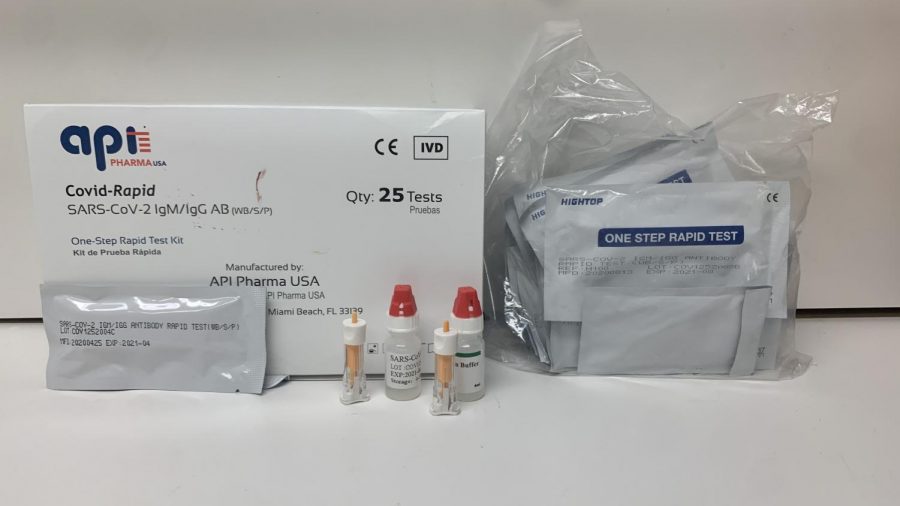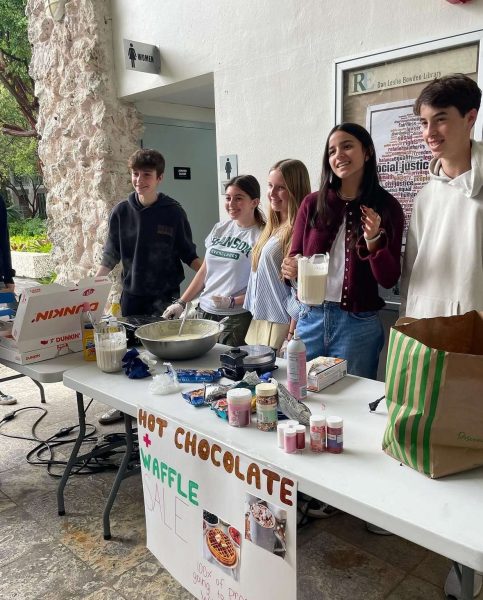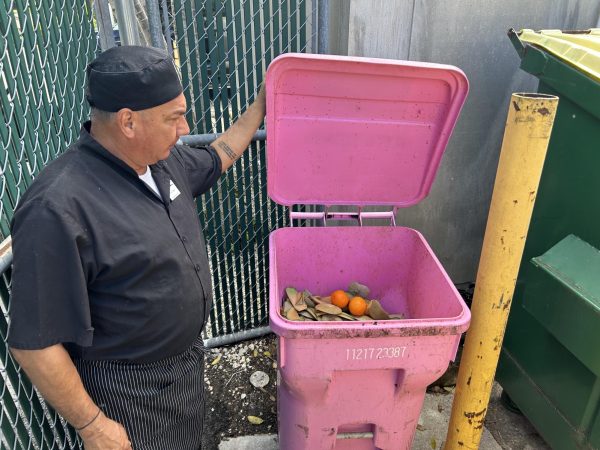Could new COVID variants threaten the efficacy of vaccines?
It’s now been over a year since the lockdowns began back in March of 2020. Since then, the United States has come a long way, and most people having more experience in protecting themselves from COVID. The vaccine rollout began back in January, and with the number of vaccinated people increasing daily, life might be able to return to (something like) normal in the coming months. There is, however, another bump in the road: the COVID virus has already mutated several times, and these mutations could severely extend the pandemic.
What are the COVID variants of concern, and how dangerous are they?
As the virus infects more people and replicates itself more, variants are created through mutations. The main concern with the variants is their ability to reinfect people who are already immune. The CDC labels these variants by risk, and so far, there have been no variants that show any immediate danger. The virus has, however, mutated faster than epidemiologists predicted, and there are currently three variants of the virus that are under careful watch by the CDC.
The first variant is named B117 and was first detected in the UK in November of 2020. While people have been getting their vaccines and daily new cases have been decreasing, B117 has been spreading behind the scenes. The traits associated with this variant are its ability to spread faster and increase the chance of hospitalization. Florida is ranked second highest for the spread of this variant in the US, with 34% of new cases being the B117 variant.
The B135 variant was also detected in November in South Africa: it’s the first variant that has a moderate resistance to vaccines. The current vaccines provide enough protection from B135 to keep you from getting hospitalized, but they don’t prevent the spread of the virus. As more immunized people are infected, eventually a highly resistant variant will develop. If such a variant emerges before a vaccine made to counter it is rolled out, the pandemic could return. Companies like Pfizer, Moderna and Johnson & Johnson have already begun work on booster shots that are made to specifically target this variant.
The most recently discovered variant of concern is the P1 variant that was discovered in Brazil in January of 2021. It has characteristics like the B117 virus, but with a better ability to resist antibodies. Even though this variant was discovered in January of 2021, it is estimated to have been in circulation since November.
B135 and P1 currently make up less than 1% of new cases in the US and around 0.3 percent in Florida. If infection rates begin to climb, then these strains could go mainstream.
For now, science is winning the battle, as over 30% of Americans have received their first dose, and in May around 60 to 65 % of the population is estimated to have received at least one dose. Once most individuals are vaccinated, herd immunity will be in effect and the hospitalization and morality rates will rapidly decrease.
RE students Louis Lafontsee ’21 and Anya Dua ’22 both mentioned that they have been feeling more relaxed about COVID in recent weeks and aren’t going to the same lengths they used to go to when the lockdown first started. Some of those lengths are no longer necessary: We now know that COVID rarely spreads on surfaces, so a wipe-down is no longer necessary when coming back from the grocery store. We also know that the virus is very small and susceptible to UV rays from to the sun, so outdoor activities are very safe.
Even so, communities will have to remain vigilant, especially about airborne transmission, to prevent the variants from getting any more dangerous than they already are.






